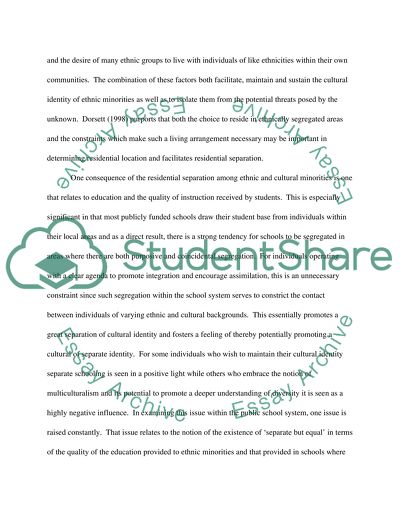Cite this document
(“Racial Segregation Essay Example | Topics and Well Written Essays - 2000 words”, n.d.)
Retrieved from https://studentshare.org/sociology/1531175-racial-segregation
Retrieved from https://studentshare.org/sociology/1531175-racial-segregation
(Racial Segregation Essay Example | Topics and Well Written Essays - 2000 Words)
https://studentshare.org/sociology/1531175-racial-segregation.
https://studentshare.org/sociology/1531175-racial-segregation.
“Racial Segregation Essay Example | Topics and Well Written Essays - 2000 Words”, n.d. https://studentshare.org/sociology/1531175-racial-segregation.


